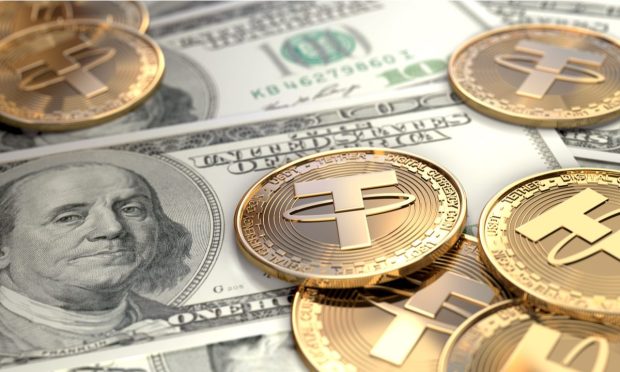Tether Drops 9% in $7B Investor Selloff

The world’s biggest stablecoin, Tether, dropped an estimated 9% in value since May 12 and lost more than $7 billion as investors pulled out amid a wider cryptocurrency selloff that started last week, according to multiple media reports on Tuesday (May 17) and CryptoCompare data.
Stablecoins are pegged to the U.S. dollar and were largely regarded as safer alternatives to cryptocurrencies. That safety net fell through when both Tether and USDC last week briefly broke their $1 values, dipping to 95 cents, according to CoinMarketCap data.
See also: Tether Breaks Buck as Stablecoin Panic Spreads
TerraUSD, traded in the U.S. under UST and known as Luna on exchanges, collapsed altogether with the blockchain officially halted while owners re-group. It has remained de-pegged from the USD since May 9.
“There is no guarantee that [stablecoins] can be redeemed at par at any time — just last week the world’s biggest stablecoin temporarily lost its peg to the dollar,” Fabio Panetta, an executive board member at the European Central Bank, said in a speech on Monday, per Financial Times.
Panetta pointed out that stablecoin holders had no insurance to recoup any losses and also referenced the fallout of Terra.
“It is an illusion to believe that private instruments can act as money when they cannot be converted at par into public money at all times,” he said.
Read more: Breaking the Buck May Break Faith in Currency-Pegged Stablecoins
The amount investors withdrew from Tether is almost twice the $4.1 billion it held in cash reserves at the end of 2021, according to its latest reserves report from December 2021, Cointelegraph reported.
“Stablecoins are the closest that we’ll get in the crypto space to a systemically important asset, and any impact on the value of one or several stablecoins is liable to impact the system as a whole,” Hagen Rooke, a financial regulation partner at law firm Reed Smith in Singapore, told CNBC.
“As things stand, stablecoins are very lightly regulated, which is strange because if you break down at how a centralized stablecoin works, it is basically the same as a bank deposit,” Rooke said.